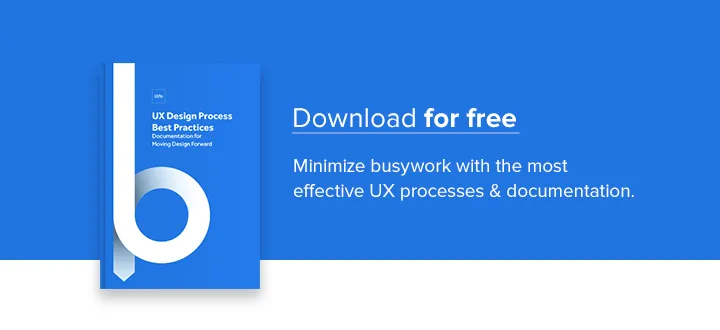You’ve heard it before: design is about solving problems.
Whether it’s building a new playground or developing a mobile app for pet groomers, there are multiple ways to satisfy a project brief. However, in order to design a product that successfully delivers business value, it is critical to first clearly define the design problem.
Ask your clients these three key questions at the start of every project:
- What is the business objective?
- What is the context of product use?
- What are user goals?
What is the business goal?
This is the most critical question that some design teams still don’t ask stakeholders.
Understanding business objectives helps your design because it allows you to drill for more specific information. Follow-up questions can unlock a wealth of insights that influence the design approach:
- How do you know this is an issue?
- Who is affected by the issue?
- When and how often does this occur?
- What benchmarks do you have and what change do you expect?
Imagine that your client aims to reduce tech support calls for an e-commerce site.
If customers struggle to complete purchases, drilling into root causes might reveal that logging into an account is a major hinderance, or that the website refuses to validate shipping addresses. Interviews with tech support teams can also reveal pain points that customers are experiencing.
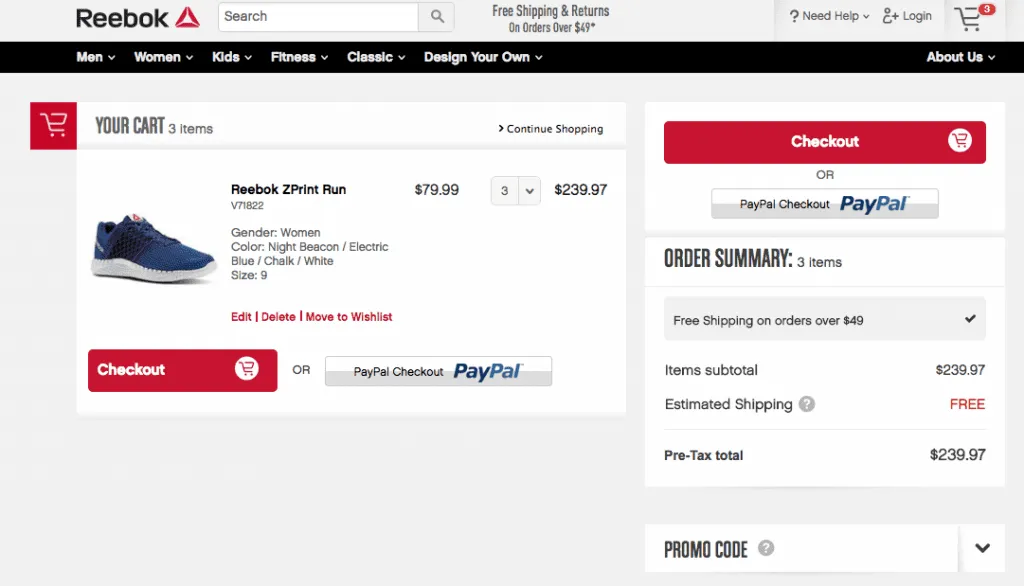
Understanding business goals also helps the design team focus and refine work through iterative user testing before full product launch.
For instance, if time on task is expected to decrease by 15% following an interface-lift, that’s a clear target to test against with prototypes.
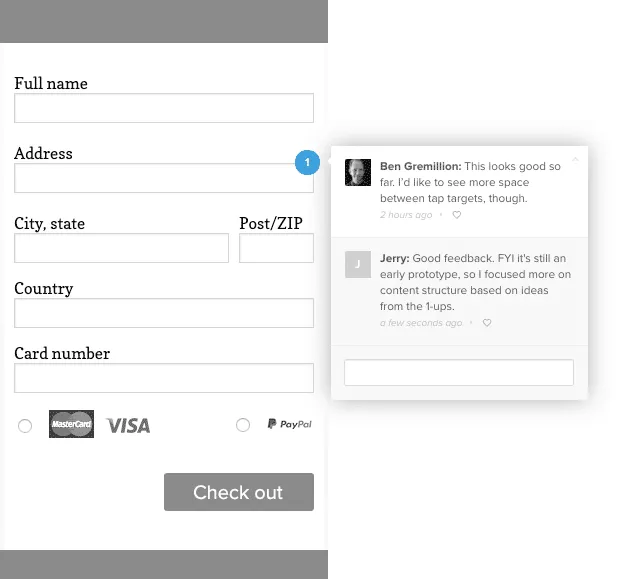
Lo-fi collaborative prototyping in UXPin
What is the context of use for this product?
Answers to questions using where, why, when, how often, and so on, describe context of product use and elucidate multiple design decisions.
At a macro level, context informs what technology should convey the design. At a micro level, context places restraints on interactions and the visual treatment of the interface.
Imagine a food manufacturer who wants his quality control technicians to enter production data (such as oil temperature) on a kiosk-based laptop on the factory floor. On the surface, this is a simple problem. But would this be a wise technology choice if the technicians have to enter multiple production values every five to ten minutes? A tablet that the user can carry would be a better choice given the context of use, but if the client doesn’t volunteer such information, how could the design team know to make this recommendation?
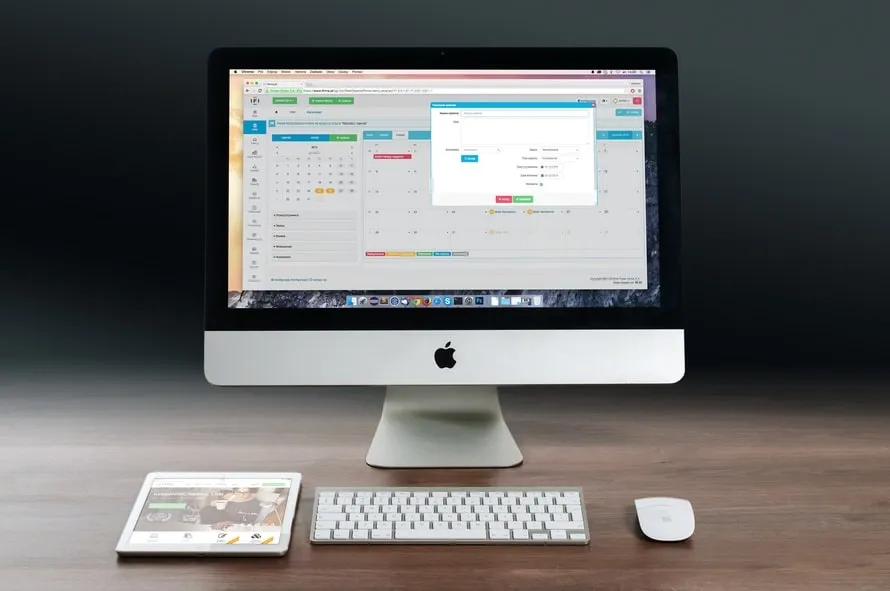
Technology platforms have their own sets of best practices and capabilities. However, designers still have to consider interactions and visual treatment of the interfaces.
For instance, an athlete might count out loud a number of burpees to her smartwatch, yet ambient noise could obscure her voice commands. Similarly, luxurious colors and fancy button animations are suitable for a gaming app but not for a paramedics’ emergency response devices when used at night.
Drill deep to understand the intended context of use by interviewing and observing users in their environment. Do not assume that your client has done the necessary research to uncover the needs of her users, or that she understands the implications of context requirements on the design.
What do users expect?
Business and user goals can be very different. Successful design finds common ground to satisfy them both.
Business stakeholders are often biased or completely naive about their users, making it all the more important to conduct research directly with the intended audience. Understand not only what users need to do, but also what motivates them and what attitudes they have toward their tasks.
When business and user objectives are mapped out, designers should create user flows that support desirable user behavior while satisfying user needs and aligning with their attitudes.
For instance, Amazon prompts shoppers with additional products while at the same time offering hassle-free one-click ordering. Similarly, TurboTax has helped its success by using clean and playful design that supports users during a task they likely find tedious, unpleasant, or even anxiety-inducing.
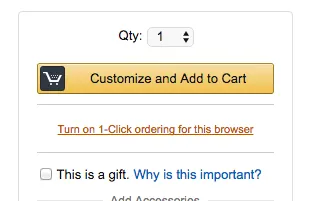
That said, a fine line exists between supporting users and driving the client’s business. Calls to action that appear too frequently, or lack of information to drive user decisions will fail to satisfy either the users or the business.
Conclusion
Design briefs present a problem that can be solved in different ways.
By investigating business objectives, context of product use, and user goals, you’ll gather necessary data that helps narrow down and refine a single design approach.
Data—rather than assumption-informed design—is the secret sauce of successful business products. You just need to ask the right questions.
This article only covers the surface of the UX design process. For more in-depth UX advice, check out the free 100+ page e-book UX Design Process Best Practices.

